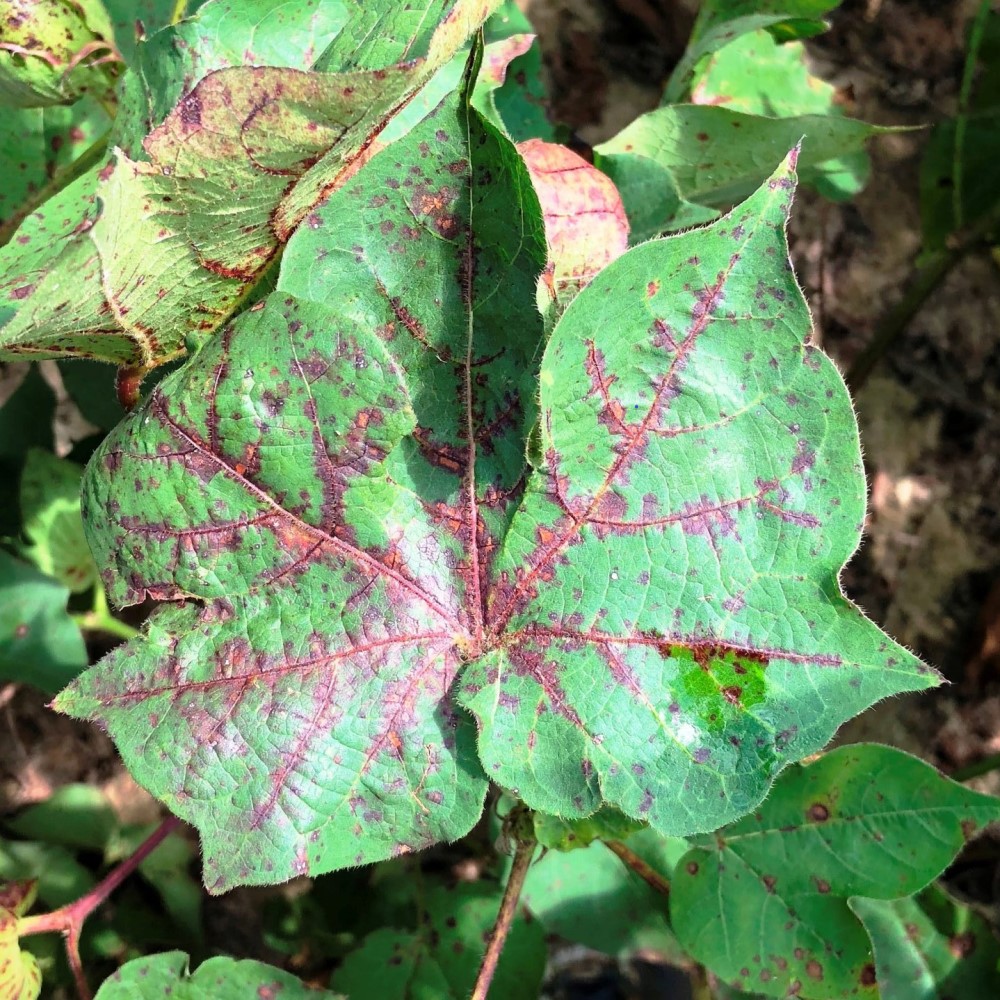
Study Finds Cotton Virus Circulated Undetected for Nearly 20 years
On May 29, 2025, a virus responsible for damaging cotton crops across the southern United States has been lurking in U.S. fields for nearly 20 years – undetected. According to new research, cotton leafroll dwarf virus (CLRDV), long believed to be a recent arrival, was infecting plants in cotton-growing states as early as 2006.
The findings, published in Plant Disease by USDA Agricultural Research Service researchers and cooperators at Cornell University, challenge long-standing assumptions about when and how the virus emerged in U.S. cotton. They also demonstrate how modern data-mining tools can uncover hidden threats in samples collected well before the virus was on anyone’s radar.
To confirm the findings, the team conducted field surveys in 2023, collecting fresh cotton samples in Southern California. Lab testing confirmed that CLRDV is currently present in California—marking the state’s first official report of the virus.
The team’s approach relied heavily on reanalyzing existing data in public genetic databases. By mining these datasets, the researchers uncovered viral sequences that closely matched current U.S. strains, offering a more complete picture of CLRDV’s spread over time and geography. The study underscores the importance of maintaining easily accessible, publicly available databases for improving future disease surveillance and preparedness.
In an unexpected twist, the researchers also identified traces of the virus in an unusual location: a sample from the gut of a cow studied by researchers in California. Their data are consistent with the hypothesis that the cow ingested CLRDV-infected plant-based animal feed. While this does not suggest that animals are infected, it adds a new dimension to understanding the timeline and extent of CLRDV infection in the U.S. prior to the official first report.
Tags:
Source: The American Phytopathological Society
Credit: Photo: Cotton leafroll dwarf virus, courtesy Alabama Cooperative Extension System.
